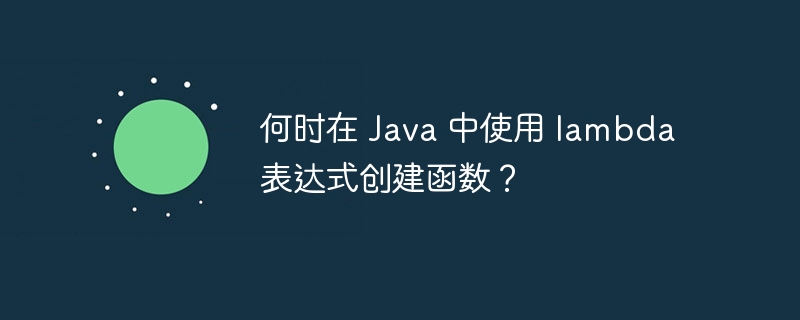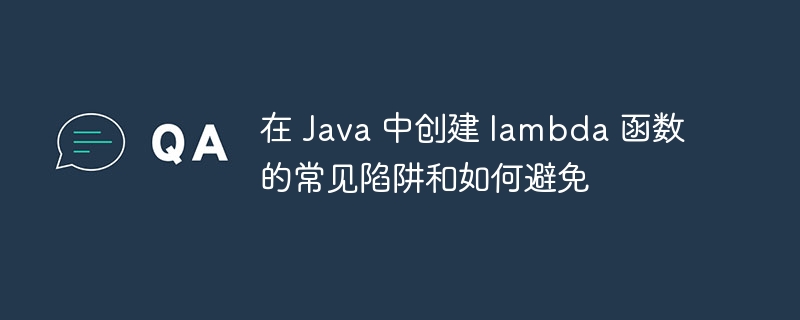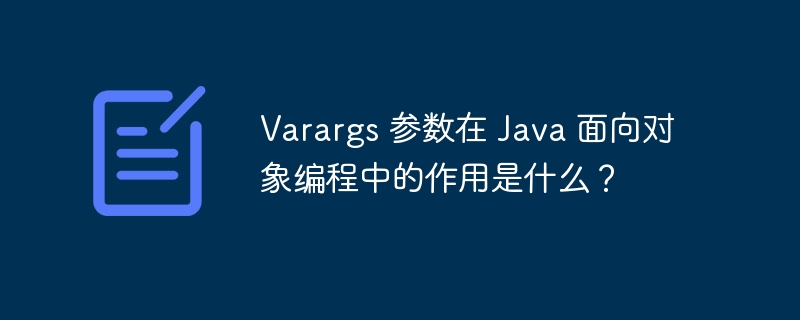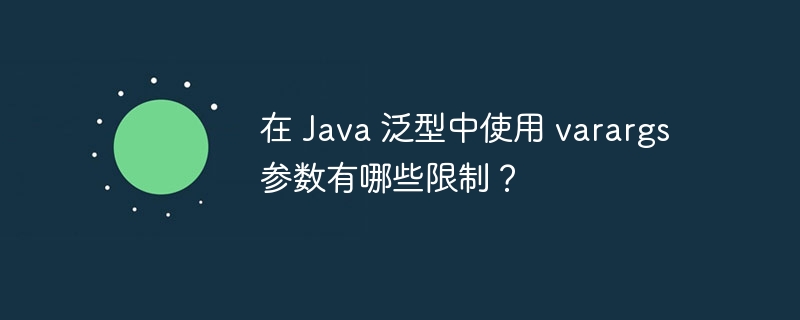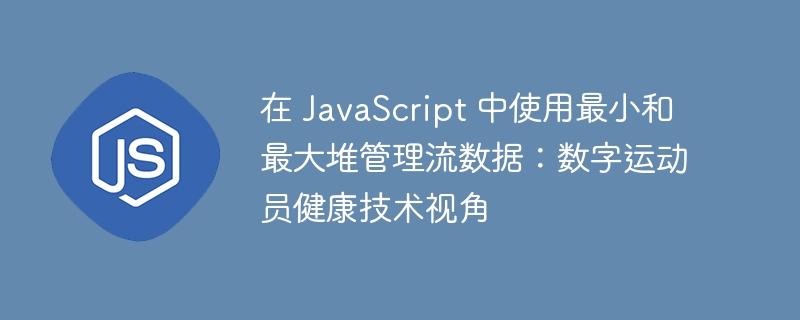
数据管理在健康技术中至关重要。无论是跟踪运动员的表现指标还是监控运动员的恢复时间,有效地组织数据都可以对洞察的获取方式产生重大影响。在这种情况下管理数据的一种强大工具是堆,特别是最小堆和最大堆。在这篇文章中,我们将使用与运动员数据管理相关的实际示例,探索如何在 javascript 中实现和使用最小堆和最大堆。
什么是堆?
堆是一种特殊的基于二叉树的数据结构,满足堆属性。在最小堆中,父节点始终小于或等于其子节点。相反,在最大堆中,父节点始终大于或等于其子节点。这使得堆对于从数据集中高效检索最小值或最大值特别有用。
最小堆用例:跟踪恢复时间
想象一下您是一名临床医生,正在跟踪运动员锻炼后的恢复时间。您希望有效地记录最短恢复时间,以便快速识别哪位运动员恢复最快。
创建最小堆
在 javascript 中,您可以使用数组创建最小堆,并使用简单的函数对其进行管理以维护堆属性:
class minheap {
constructor() {
this.heap = [];
}
getmin() {
return this.heap[0];
}
insert(value) {
this.heap.push(value);
this.bubbleup();
}
bubbleup() {
let index = this.heap.length - 1;
while (index > 0) {
let parentindex = math.floor((index - 1) / 2);
if (this.heap[parentindex]
<h4>
使用最小堆计算运动员恢复时间
</h4>
<p>现在,让我们将其应用到我们的场景中:<br></p>
<pre class="brush:php;toolbar:false">const recoverytimes = new minheap();
recoverytimes.insert(10); // athlete a
recoverytimes.insert(7); // athlete b
recoverytimes.insert(12); // athlete c
console.log("fastest recovery time:", recoverytimes.getmin()); // outputs: 7
在这里,最小堆可以让临床医生快速识别恢复时间最快的运动员,这对于在训练期间做出实时决策至关重要。
立即学习“Java免费学习笔记(深入)”;
最大堆用例:监控峰值性能指标
另一方面,最大堆非常适合需要跟踪最高值的场景,例如监控峰值性能指标,例如剧烈锻炼期间达到的最大心率。
创建最大堆
最大堆的实现方式与最小堆类似,但需要进行一些调整:
class maxheap {
constructor() {
this.heap = [];
}
getmax() {
return this.heap[0];
}
insert(value) {
this.heap.push(value);
this.bubbleup();
}
bubbleup() {
let index = this.heap.length - 1;
while (index > 0) {
let parentindex = math.floor((index - 1) / 2);
if (this.heap[parentindex] >= this.heap[index]) break;
[this.heap[parentindex], this.heap[index]] = [this.heap[index], this.heap[parentindex]];
index = parentindex;
}
}
extractmax() {
if (this.heap.length === 1) return this.heap.pop();
const max = this.heap[0];
this.heap[0] = this.heap.pop();
this.bubbledown();
return max;
}
bubbledown() {
let index = 0;
const length = this.heap.length;
const element = this.heap[0];
while (true) {
let leftchildindex = 2 * index + 1;
let rightchildindex = 2 * index + 2;
let leftchild, rightchild;
let swap = null;
if (leftchildindex element) swap = leftchildindex;
}
if (rightchildindex element) ||
(swap !== null && rightchild > leftchild)
) {
swap = rightchildindex;
}
}
if (swap === null) break;
[this.heap[index], this.heap[swap]] = [this.heap[swap], this.heap[index]];
index = swap;
}
}
}
使用最大堆实现峰值心率
让我们考虑如何使用最大堆来跟踪运动员在锻炼期间的峰值心率:
const heartrates = new maxheap();
heartrates.insert(150); // athlete a
heartrates.insert(165); // athlete b
heartrates.insert(160); // athlete c
console.log("peak heart rate:", heartrates.getmax()); // outputs: 165
在这里,最大堆确保临床医生可以快速识别达到最高心率的运动员,这可能表明需要进一步关注或冷却。
其他基本堆操作
除了插入元素和检索最小值或最大值之外,堆还支持其他基本操作,例如:
- 提取最小/最大:这会删除堆的根(最小堆中的最小元素或最大堆中的最大元素)并重新平衡堆。
- heapify:将任意数组转换为堆,确保堆属性得到维护。
- peek:查看最小值或最大值,而不将其从堆中删除。
这些操作对于高效管理和实时处理数据至关重要,使堆成为健康技术应用中的宝贵工具。
简化 python 和 javascript 中的堆操作
在python中,heapq模块提供了一种使用列表来管理最小堆的简单有效的方法。这是一个例子:
import heapq
# create an empty list to represent the heap
recovery_times = []
# add elements to the heap
heapq.heappush(recovery_times, 10) # athlete a
heapq.heappush(recovery_times, 7) # athlete b
heapq.heappush(recovery_times, 12) # athlete c
# retrieve the smallest element (fastest recovery time)
fastest_recovery_time = heapq.heappop(recovery_times)
print(f"fastest recovery time: {fastest_recovery_time}") # outputs: 7
对于 javascript,虽然没有内置的堆模块,但您可以使用 @datastructs-js/priority-queue 等第三方库来实现类似的功能:
// First, you would need to install the @datastructures-js/priority-queue library using npm:
// npm install @datastructures-js/priority-queue
const { MinPriorityQueue } = require('@datastructures-js/priority-queue');
// Create a new min heap
const minHeap = new MinPriorityQueue();
// Add elements to the heap
minHeap.enqueue(10); // Athlete A
minHeap.enqueue(7); // Athlete B
minHeap.enqueue(12); // Athlete C
// Retrieve the smallest element
const fastestRecoveryTime = minHeap.dequeue().element;
console.log("Fastest recovery time:", fastestRecoveryTime); // Outputs: 7
通过利用这些工具,您可以专注于应用程序的关键方面,例如分析运动员数据,而不必陷入堆实现的细节中。
在 javascript 中高效检索数据
堆,特别是最小堆和最大堆,是在 javascript 中有效管理和检索关键数据的强大工具。无论您是跟踪恢复时间还是监控峰值性能指标,这些结构都可以帮助临床医生和健康技术专业人员快速做出明智的决策。通过理解和实施堆,您可以确保运动员数据井井有条、可访问,并可在最重要的时候进行分析。
通过在健康技术应用程序中使用堆,您将能够以支持运动员获得更好结果的方式处理数据,提供优化表现和恢复所需的见解。
以上就是在 JavaScript 中使用最小和最大堆管理流数据:数字运动员健康技术视角的详细内容,更多请关注php中文网其它相关文章!

